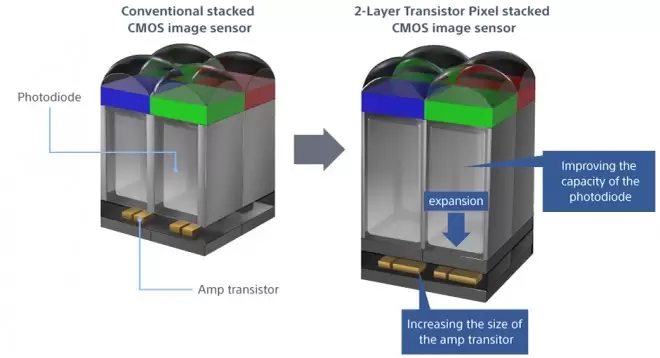In a groundbreaking collaboration, OPPO has joined forces with Lytia, a camera sensor brand under Sony’s umbrella, to unveil the Dual-Layer Stacked sensor innovation. This groundbreaking technology is set to make its debut in upcoming flagship smartphones from Sony, promising a new era in computational photography. While the exact timeline for the implementation remains undisclosed, the potential implications are nothing short of revolutionary.
The essence of this innovation lies in the “stacked” sensor technology, a remarkable feat by Sony. The approach involves layering the CMOS camera sensor, Exmor IMX 888, with two layers of pixel transistor technology. The primary objective is the segregation of the transistor layer from the photodiode, a pivotal move that allows for the creation of physically larger diodes. This advancement translates to a substantial improvement in light capture, enhancing the camera’s performance, particularly in low-light conditions.

Sony’s commitment to pushing the boundaries of camera sensor technology doesn’t stop at the IMX 888. They have also applied similar innovations to the IMX 903 and IMX 907 sensors, promising a versatile range of possibilities for future smartphone photography.
Interestingly, OPPO is not the sole player in this collaborative endeavor with Sony Lytia. Reports indicate that Vivo, another prominent smartphone manufacturer, is also set to collaborate with Sony to incorporate this cutting-edge camera sensor technology into their upcoming flagship smartphone models. This joint venture signifies a concerted effort within the industry to elevate the photography experience for smartphone users worldwide.

